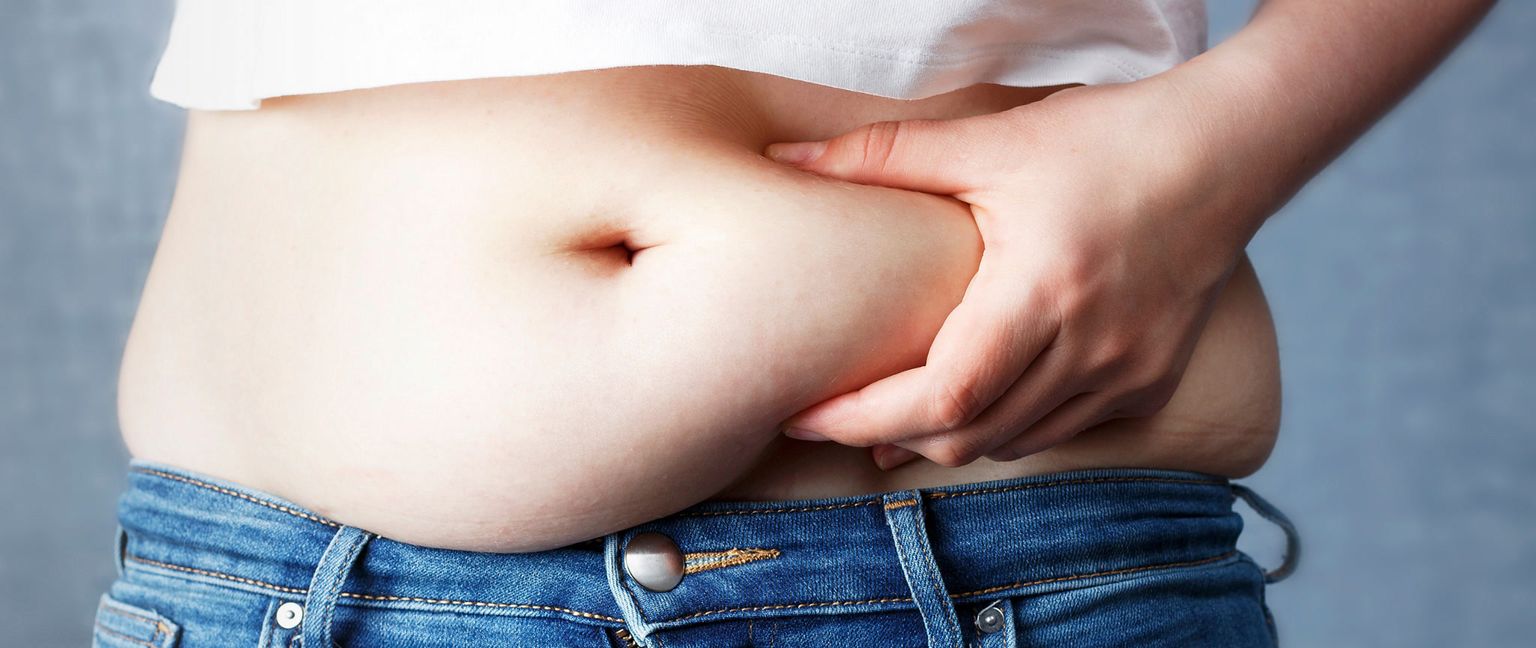Visceral Fat Real Image

While subcutaneous fat resides just beneath the skin, visceral fat is the hidden enemy that lurks deep within the abdominal cavity, surrounding internal organs like the liver, pancreas, and intestines. It is significantly more dangerous than its subcutaneous counterpart, contributing to a plethora of health problems such as heart disease, diabetes, and even certain cancers. With this in mind, the importance of understanding and visualizing visceral fat cannot be overstated.
Get weekly updates.
The advent of modern imaging techniques has made it possible to capture visceral fat images, providing a unique window into our body's inner workings. These images offer invaluable insights into one's health and wellness, serving as a tool to monitor and combat the risks associated with excess visceral fat.
Visceral fat images are intriguing, as they reveal a side of our bodies that often remains hidden. They allow us to confront the reality of our body composition, inspiring action toward improved health. An array of imaging techniques can be utilized to obtain these images, such as computed tomography (CT), magnetic resonance imaging (MRI), and dual-energy X-ray absorptiometry (DEXA). Each method has its advantages and limitations, but all provide valuable information to guide lifestyle changes and promote overall well-being.

What is a Visceral Fat Real Image?
A visceral fat real image is a visual representation of the deep-seated fat that surrounds our internal organs. This fat differs from the more visible subcutaneous fat, which is located just under the skin. A visceral fat image can provide crucial information about a person's health, as excessive visceral fat is linked to numerous health issues like heart disease, type 2 diabetes, and high blood pressure.
Here are some key points to remember about visceral fat real images:
- Visceral fat real images can be obtained using different imaging techniques, such as CT, MRI, and DEXA.
- These images offer a glimpse into the body's internal fat stores, providing valuable information about overall health and potential risks.
- Visceral fat images are an essential tool for medical professionals to assess and monitor a person's risk of developing obesity-related health conditions.
- They can also serve as a motivational tool for individuals seeking to improve their health by losing excess visceral fat.
Do BodySpec Scans Show You Your Visceral Fat?
Yes, indeed! BodySpec's DEXA scans are capable of providing an accurate image of your visceral fat. The company's state-of-the-art technology allows for a comprehensive assessment of your body composition, including visceral fat levels. This non-invasive and relatively quick procedure offers valuable insights into your overall health and potential risks associated with visceral fat accumulation.
A BodySpec DEXA scan allows you to:
- Visualize the distribution of visceral fat within your abdominal cavity.
- Accurately measure the amount of visceral fat, providing a reliable baseline for monitoring changes over time.
- Understand the potential health risks associated with your current visceral fat levels.
- Make informed decisions regarding diet, exercise, and lifestyle changes to reduce visceral fat and improve overall health.
Visceral fat real images play a vital role in understanding and managing the hidden health risks associated with this dangerous type of fat. By utilizing advanced imaging techniques like BodySpec's DEXA scans, individuals can gain invaluable insights into their body composition and take the necessary steps to improve their health and reduce the risks associated with excess visceral fat.
Citations:
Fox, C. S., Massaro, J. M., Hoffmann, U., Pou, K. M., Maurovich-Horvat, P., Liu, C. Y., ... & Murabito, J. M. (2007). Abdominal visceral and subcutaneous adipose tissue compartments: association with metabolic risk factors in the Framingham Heart Study. Circulation, 116(1), 39-48. https://www.ahajournals.org/doi/full/10.1161/CIRCULATIONAHA.106.675355
Tchernof, A., & Després, J. P. (2013). Pathophysiology of human visceral obesity: an update. Physiological Reviews, 93(1), 359-404. https://journals.physiology.org/doi/full/10.1152/physrev.00033.2011
Pickhardt, P. J., Jee, Y., O'Connor, S. D., & del Rio, A. M. (2012). Visceral adiposity and hepatic steatosis at abdominal CT: association with the metabolic syndrome. AJR. American Journal of Roentgenology, 198(5), 1100-1107. https://www.ajronline.org/doi/full/10.2214/AJR.11.7240
Lee, S. Y., Gallagher, D., & Garry, P. J. (2008). Assessment of adiposity in older individuals: comparison of single-slice and multislice computed tomography. American Journal of Human Biology, 20(4), 460-464. https://onlinelibrary.wiley.com/doi/abs/10.1002/ajhb.20755


